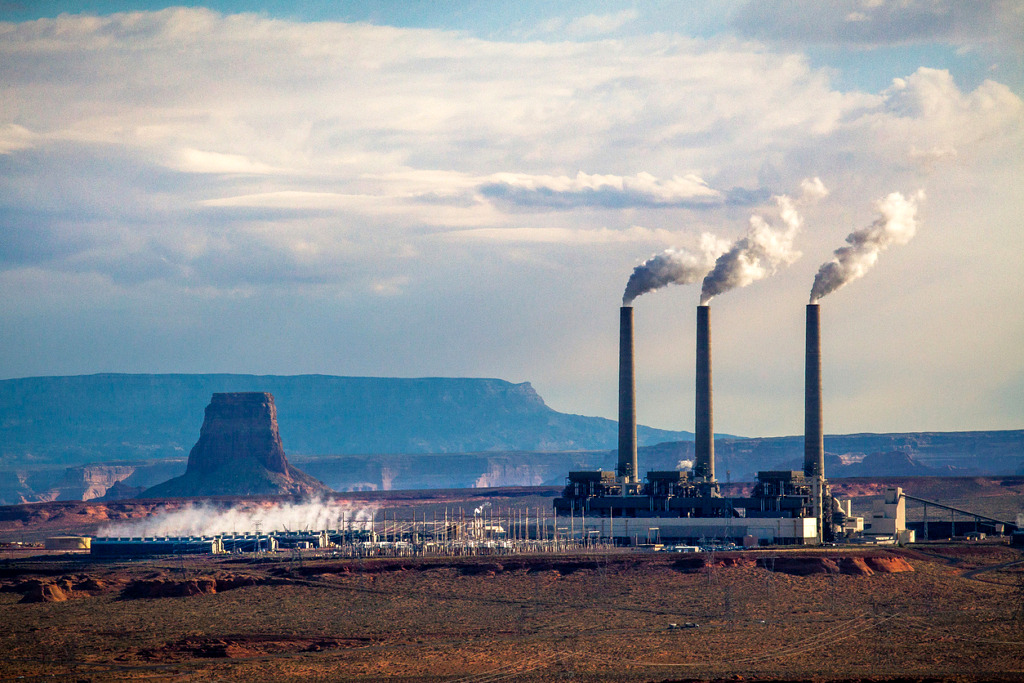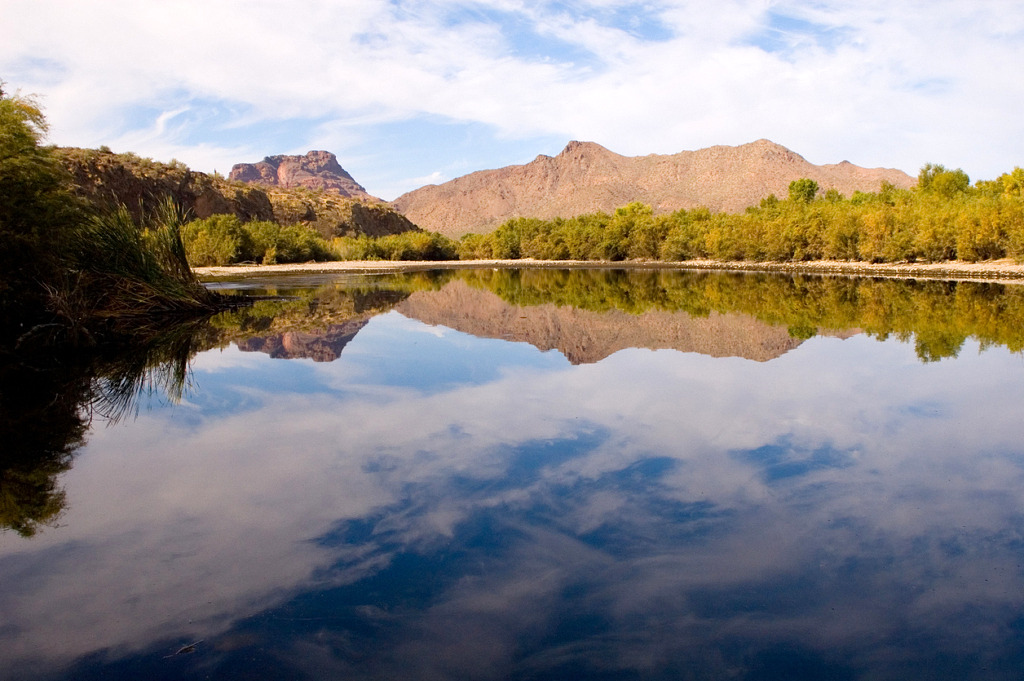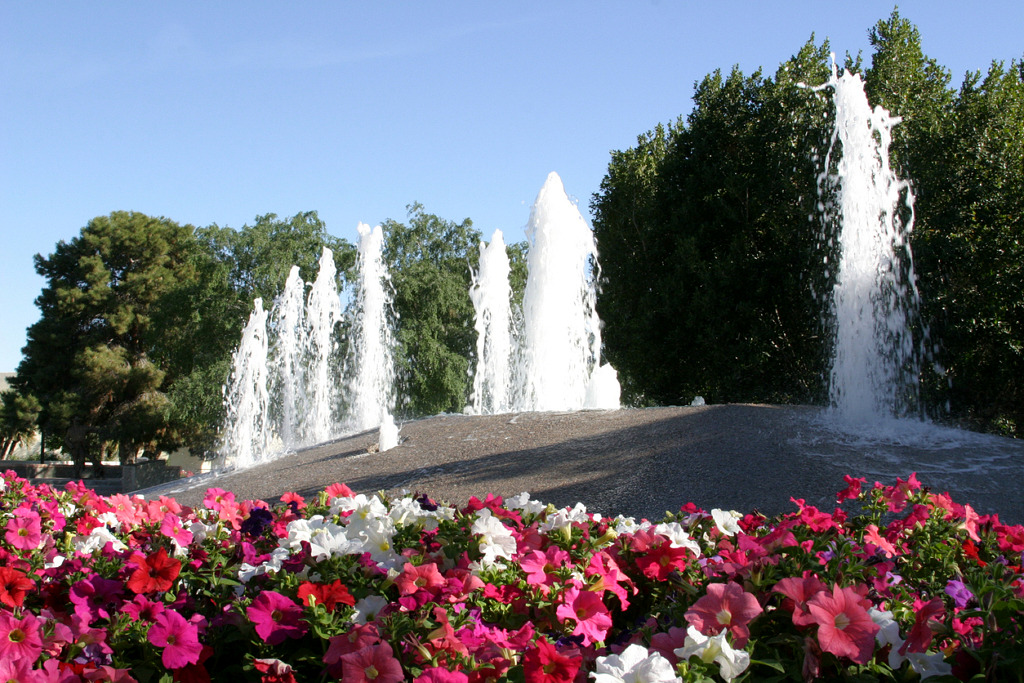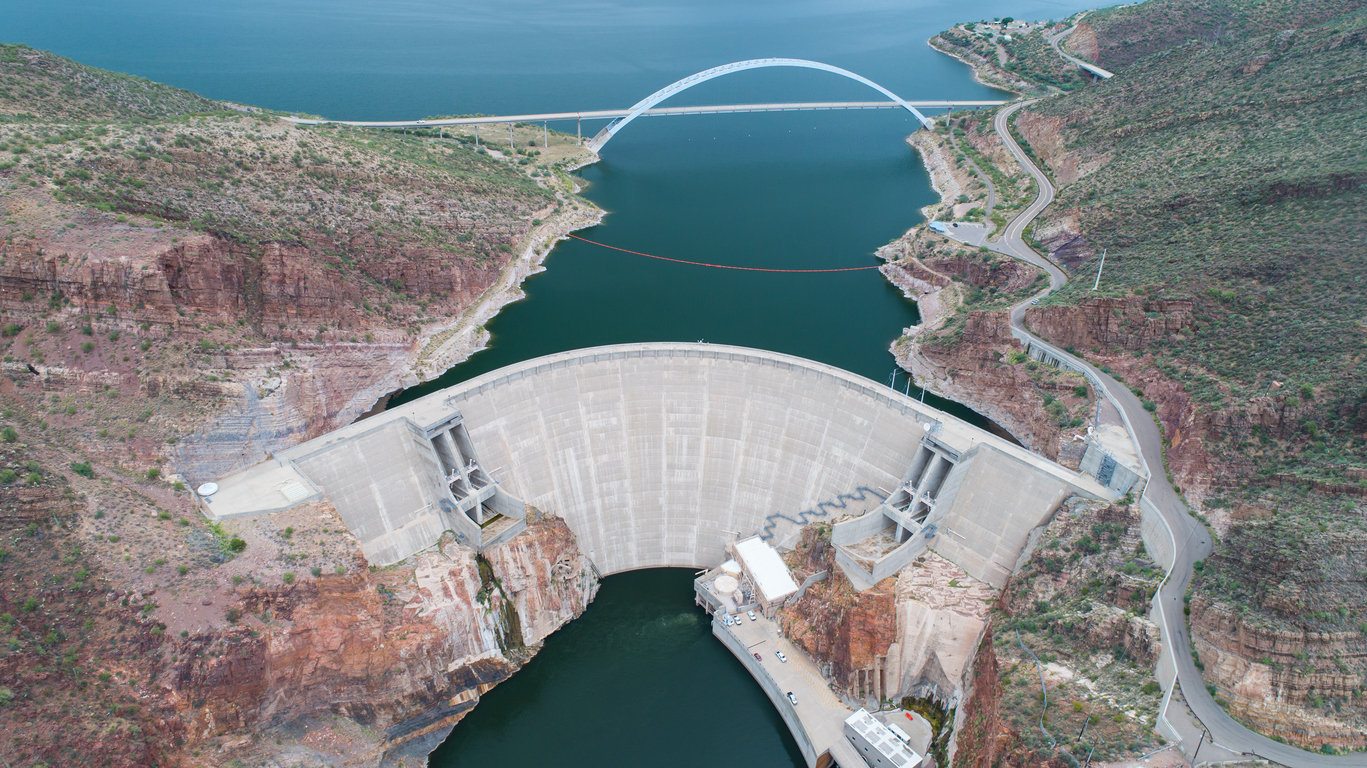Water is precious, especially in arid regions like Scottsdale, Arizona. Over the years, the city has carefully managed its water supply to ensure a reliable and sustainable source for its citizens. Before the mid-1980s, Scottsdale relied heavily on groundwater for its water needs. However, a concerted effort has been made to diversify its sources, resulting in approximately 90 percent of the city’s drinking water coming from two surface water sources: the Central Arizona Project (CAP) and the Salt River Project (SRP). This article will delve into the finer points of these water sources and Scottsdale’s commitment to water sustainability.
Central Arizona Project (CAP)
The Central Arizona Project (CAP) is a critical lifeline for Scottsdale, supplying approximately two-thirds of the city’s water needs. CAP is a vast network of aqueducts, tunnels, pumping plants, and pipelines that transport water from the Colorado River to water users in Pima, Pinal, and Maricopa counties. It spans an impressive 336 miles, stretching from Lake Havasu near Parker to the southern boundary of the San Xavier Indian Reservation southwest of Tucson.
Scottsdale’s utilization of CAP water began in 1987, and it currently receives an annual allocation of around 81,000 acre-feet. The CAP water is treated at the CAP Water Treatment Plant, with a capacity of 70 million gallons per day, located at the Water Campus in north Scottsdale. This facility ensures the water meets rigorous quality standards before being distributed to residents.
Salt River Project (SRP)
The Salt River Project (SRP) has a rich history dating back to 1903 when Arizona settlers formed the Salt River Valley Water Users Association. They pledged their land as collateral for a government loan to build water storage and delivery infrastructure, including the iconic Roosevelt Dam. As Phoenix expanded, SRP added three more dams on the Salt River and two on the Verde River.

Scottsdale receives its SRP water via the Arizona Canal, which feeds into the Chaparral Water Treatment Plant near McDonald Drive and Hayden Road. This state-of-the-art facility, operational since 2006, has a capacity of 30 million gallons per day. However, it’s important to note that SRP supplies are restricted to specific areas of the city, referred to as “on-project” lands, primarily south of the Arizona Canal.
Groundwater and Sustainability

Groundwater serves as a vital backup to Scottsdale surface water supplies. To ensure groundwater availability when needed, Scottsdale only pumps as much as is necessary. Additionally, the city actively engages in groundwater recharge efforts, replenishing the aquifer with the Central Arizona Project (CAP) and highly treated recycled water for future use.
Scottsdale’s commitment to sustainability is evident in its adherence to the Groundwater Management Act (GMA) adopted by the State of Arizona in 1980. The GMA set the goal of achieving a “safe yield” by 2025, balancing the amount of water recharged into the aquifer with the amount pumped out. Remarkably, Scottsdale achieved a safe yield in 2006, nearly two decades ahead of the mandated deadline.
This accomplishment showcases Scottsdale’s responsible stewardship of groundwater resources while ensuring a dependable and sustainable water supply for future generations. The city’s proactive approach aligns with the GMA’s requirement for land development within an Active Management Area (AMA) to demonstrate an assured water supply for the next 100 years. Scottsdale has successfully proven its capacity to meet this criterion, benefiting future subdivisions relying on its water resources.
Groundwater Recharge
Scottsdale Water operates one of the country’s most extensive aquifer recharge programs. Launched in the late 1990s, this program focuses on aquifer sustainability, safeguarding this critical resource for times of surface water shortages and peak demands.
The Water Campus serves as a hub for groundwater recharge efforts. Recycled water and filtered CAP water are introduced into the aquifer through vadose zone recharge wells. Moreover, treated CAP water is recharged via specialized dual-use groundwater production wells known as ASR wells. These innovative wells extract water when needed and replenish the groundwater, ensuring a continuous cycle of use and replenishment.
ASR wells play a pivotal role in enabling Scottsdale to maximize its annual CAP allocation. During high-demand periods in the summer, all CAP water treated at Scottsdale’s treatment plant is directly supplied to customers. In contrast, when demand subsides in winter, excess water is recharged through ASR wells, bolstering the groundwater table for future recovery and use. In 2014 alone, Scottsdale recharged over 29,000 acre-feet of water into the aquifer through these innovative methods, equivalent to approximately 9.51 billion gallons.
Drought and Supply Planning
The western United States, including Arizona and the Phoenix metropolitan area, has grappled with a prolonged drought marked by significantly below-average precipitation for over a decade. Scottsdale, however, has taken proactive steps to mitigate the impact of drought on its water supply.
Scottsdale’s Water Resources Master Plan outlines a strategic direction that emphasizes increasing the use of renewable and surface water sources while reducing reliance on groundwater. Over the past two decades, the city has quadrupled its original CAP supply by purchasing additional CAP water. Scottsdale was also a trailblazer in implementing a Water Resources Acquisition fee, collected from new developments since 1987, to support the purchase of CAP water.
Additionally, the city maintains an advanced water recycling program, further enhancing its resilience in drought. In April 2021, Scottsdale’s City Council approved an updated Drought Management Plan, outlining a series of stages and conservation measures to respond effectively to potential reductions in water deliveries during drought conditions. These measures are designed to progressively reduce water use during elevated drought conditions, ensuring responsible water management.
City Stewardship
Scottsdale acknowledges the preciousness of water in the desert and is committed to responsible stewardship. This commitment extends to maintaining green and water-efficient parks through water budgets and conservation techniques. The city’s water features are designed to minimize water loss through recirculating pumps and strategic scheduling, running primarily during business hours.

Scottsdale also operates a robust water conservation program, offering rebates, water efficiency workshops, free Outdoor Water Efficiency Checks, and access to WaterSmart—a user-friendly portal for customers to monitor and manage their water usage.
In conclusion, Scottsdale’s journey to secure and sustain its water supply is a remarkable example of proactive planning and responsible stewardship. By diversifying its sources, recharging groundwater, and preparing for drought, the city has ensured a reliable and sustainable water future for its residents and future generations. Water, the lifeblood of the desert, remains a precious resource that Scottsdale cherishes and safeguards.






